Advanced Upper Cervical Instability Direct Interventions in HSD/EDS
Presented by Patricia Stott and Susan Chalela
12-Month Subscription
Unlimited access to:
- Thousands of CE Courses
- Patient Education
- Home Exercise Program
- And more
Managing upper cervical instability (UCI) in individuals with hypermobility spectrum disorders (HSD) and Ehlers-Danlos syndrome (EDS) presents unique clinical challenges, particularly when symptoms are moderate to severe. This course outlines direct intervention strategies grounded in neuroplasticity, proprioception, and motor control, specifically tailored to individuals who may not tolerate traditional cervical approaches. Clinicians will learn to implement graded techniques—starting with remote interventions and progressing toward the cervical spine—to promote joint stability, reduce flare-ups, and improve functional outcomes. Interventions include visual and oral-motor strategies, head and neck proprioceptive training, ergonomic bracing, and diaphragmatic engagement. This course is intended for physical therapists, athletic trainers, and rehabilitation specialists working in outpatient, neuro-orthopedic, or hypermobility-focused care settings.
Learning Objectives
- Reflect on adjunct treatment strategies to support cranial and upper cervical instability diagnosis
- Coordinate general and specific proprioceptive approaches to more severe cases of UCI
- Construct a neuroplasticity-based proprioception and motor learning approach based on finding functional foundations
- Determine the base that is needed to work into strengthening with upper cervical instability
Meet your instructors

Patricia Stott
Patricia Stott treats primarily those with HSD/EDS and those considered highly sensitive patients at her own practice, Elevation Wellness, outside the Denver metro area in Colorado. Also trained in functional and herbal medicine, she works on health and wellness through holistic strategies with these patients, both in person…

Susan Chalela
Susan Chalela founded the Chalela Physical Therapy Institute for EDS and Cervical Instabilities. With more than 25 years of clinical experience and a master of physical therapy degree from the Institute of Physical Therapy in St. Augustine, Florida, Susan has built a career spanning various specialties, including neurological…
Chapters & learning objectives
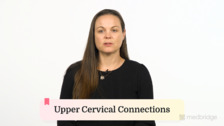
1. Visual, Oculomotor, and Oral Myofunctional Ideas as Upper Cervical Interventions
This chapter introduces indirect yet powerful methods of more directly influencing upper cervical alignment using visual, hyoid, and tongue-based strategies. By targeting fascial and neurological connections, clinicians can safely engage the cervical region in individuals who are too reactive for traditional interventions. These techniques are gentle and patient-driven and often serve as effective home exercises.
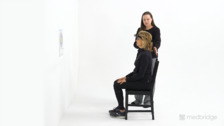
2. Proprioceptive Training
Proprioceptive control is key in managing UCI, especially when starting from a highly irritable state. This chapter presents a graded approach to proprioceptive exercises—starting with maintaining head neutrality and progressing to dynamic limb movements before considering often-provoking head movement activities—along with alternatives like nose-drawing when a head laser is unavailable. Emphasis is placed on tolerance-based progression and monitoring response.

3. Cervical Spine Interventions: Moderate and Severe Cases
This chapter details treatment considerations for individuals with moderate to severe UCI, highlighting red flags, flare precautions, and ergonomic strategies. Clinicians will learn how to incorporate motor control, pain science, diaphragmatic breathing, and appropriate manual therapy techniques to provide safe and effective care, avoiding provocative cervical interventions while building a foundation for future progress.
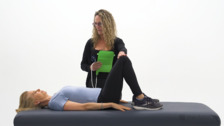
4. Working Into Strengthening the Neck (A Neuroplasticity-Based Approach)
As patients demonstrate improved tolerance, this chapter introduces evidence-informed strategies to begin cervical strengthening in a safe and graded manner. Drawing from current research in motor control and neuroplasticity, clinicians will learn how to support postural retraining, proprioceptive awareness, and functional engagement without provoking symptoms. These foundational techniques provide a framework for restoring neck strength while respecting the sensitivity often present in individuals with HSD/EDS.
More courses in this series
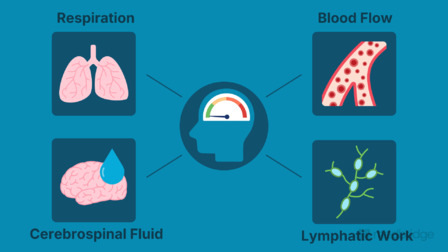
Advanced Cranial and Upper Cervical Instability Presentation in HSD/EDS
Patricia Stott
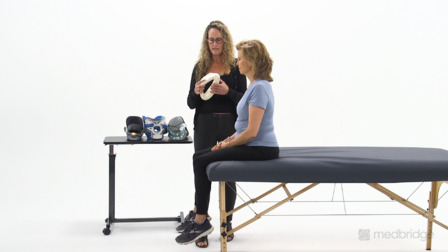
Advanced Upper Cervical Supportive Strategies With HSD/EDS
Susan Chalela and Patricia Stott
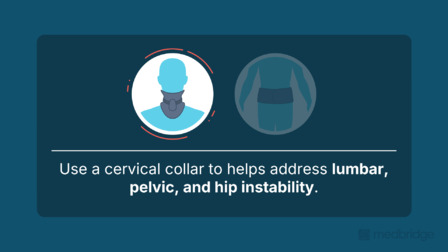
Advanced Upper Cervical Instability Direct Interventions in HSD/EDS
Susan Chalela and Patricia Stott